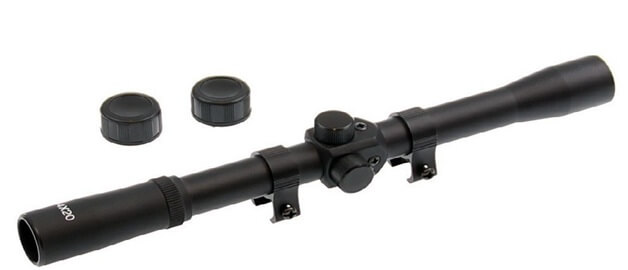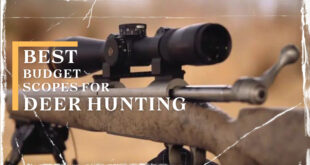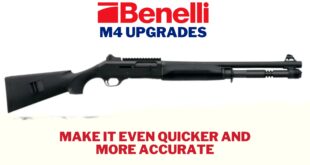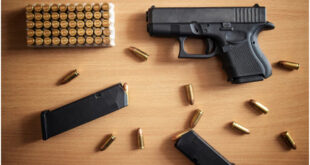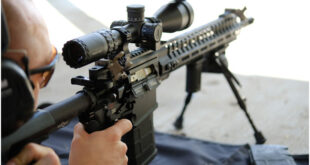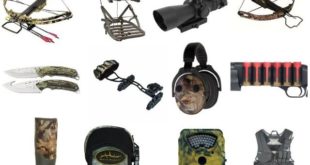If you have never been hunting before or are a newbie, it might be a little confusing to find the right type of scope for your rifle. You will most likely be using a scope to sight your target when you are hunting instead of using the old-fashioned sights on your rifle. Shooting with a scope is easier and simpler, and you will get more precise shots on your target. There are many different types of rifle scopes on the market to choose from, and it is important to choose the right type of scope for your rifle for what kind hunting you want to do. With some basic information about rifle scopes, finding the right one can be a breeze. In this quick post about you will see different types and how to mount a rifle scope when you go out for hunting or shooting range.
Basic Types of Rifle Scopes: Telescopic and Electronic
Rifle scopes come in many varieties but the basic types of rifle scopes can be distinguished between telescopic and electronic scopes.
Telescopic scopes:
Telescopic scopes are the most common, and these types use several different lenses inside the scope along with an eyepiece to magnify a target. Telescopic scopes have a crosshairs, or reticle, to aim. These types of scopes are incredibly versatile and offer a variety of magnification anywhere from 3x to 42x power. This means that the target can be anywhere from three to forty-two times larger than just using the naked eye. Telescopic scopes can also be adjusted for elevation and wind conditions.
Electronic scopes:
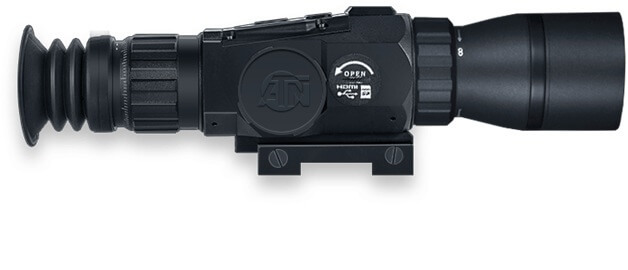
Electronic scopes, on the other hand, do many of these features automatically. These scopes mark your target with a red dot, instead of a crosshairs, on which you position where you want to aim for. The scopes tell you exactly how far away the target is, and some of them allow you to program the elevation and wind settings.
Electronic scopes have various magnification powers as well, but they also can include an autofocus feature and a digital zoom. Both telescopic and electronic scopes are made for either close or long range hunting. Close ranges scopes have low magnification with a wider field view, and long range scopes have a narrow field view but higher magnification.
Different Characteristics of Rifle Scopes
When shopping around for a rifle scope, you will want to aware of the different specifications that rifle scopes have and choose one that works best for your type of hunting. Here are some attributes to be familiar with:
Magnification – All rifle scopes have some sort of magnification. Some scopes are fixed, which means that you cannot change the magnification of the scope. Other scopes are variable so you can change the magnification settings. Rifle scopes are usually identified by the power of their magnification. If a scope has a magnification of 4 times larger, then it will be marked 4x scopes. Scopes identified as 5-12x means that the scope can be adjusted anywhere from five times larger to twelve times larger. Scopes are also identified by the size of the objective lens in millimeters, so you might see something like 5-12x40mm.
Field of View (FOV) – This term refers simply to how much you see when you look through the scope. Some scopes have a wider field of view, while others have a narrower field of view.
Reticles – Reticles is the fancy name for the crosshairs of your scope. Crosshairs help you aim by compensating for bullet drop, wind, and range. Reticles are either etched directly on the lens or formed by wires inside the scope tube. There are several different types of reticles besides crosshairs. You can choose from ballistic reticles, tactical milling reticles, several different dot or post reticles, and even lighted reticles. The choice is up to you.
Resolution – Resolution refers to the how much light comes into the objective lens on the end and exits the ocular lens closest to your eye. Rifle scopes with high quality resolution will allow you to see a sharper picture and shoot better in low lighting conditions.
Parallax – Parallax is an optical error that occurs when the image and the reticle do not represent that target exactly. Higher powered scopes are more affected by parallax than lower powered scopes, but the error is extremely small. Most hunting scopes are not affected by it unless you are shooting at very small targets or shooting precise targets at an incredibly long range.
Lens Coating – You will want a scope that has coated lenses. Coating on the lenses protects them from scratching, improves resolution, and reduces glare.
Price – Price is an important part of comparing different types of rifle scopes. Average scopes range from $200 to $800, but again, it depends on what kind of scope you need, what kind of hunting you want to do, and how much you are willing to invest.
There are many different kinds of rifle scopes for hunters that can be used for a variety of game. If you are new to hunting, it can be overwhelming to find the right kind of scope. However, becoming familiar with the different types of scopes will go a long way in choosing the best one for you. Both telescopic and electronic scopes are available, and scopes have several distinct specifications to consider, like magnification, field of view, resolution, type of reticle, parallax margin, and price. The right type of rifle scope can last you a lifetime.
How To Mount A Riflescope
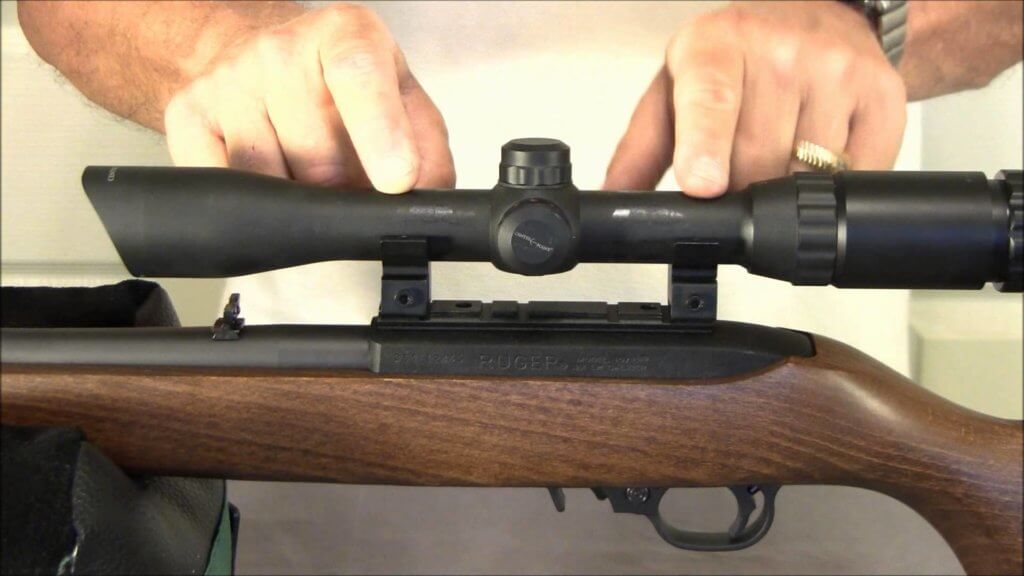
After you have bought the right scope for your rifle, the next step is to mount it on your rifle. You could have a gunsmith do it and pay for the service, or do it yourself. Mounting a scope is fairly easy and straightforward. You will need to have the right tools. Also, you will want to make sure your rifle already is pre-drilled or tapped for a scope base or grooved for the right fitting mounting attachments. Most modern rifles already come with grooves or drilled holes for a scope, but if yours does not have them, you will probably need to take it to a gunsmith. Otherwise, you can mount a scope by yourself in a few simple steps.
Tools You Will Need
Before you actually mount your scope on your rifle, you will want to make sure that you have the right tools. You need the unloaded rifle, your scope, the scope mount or base, mounting rings, and tools that include wrenches and an allen wrench. You will also need to make sure that the mounting system actually fits your rifle and that the rings are the right size and height to position your scope. You will want to position your scope as close to the rifle as possible without any contact between the scope itself and the gun. If your gun is a bolt action, you will also want to leave enough clearance for the free operation of the bolt mechanism.
Only certain kinds of scope rings fit certain kinds of scope bases so you will want to make sure those match as well. It might be a good idea to actually mount and fit your scope together first without permanently setting all the pieces in place so you can see how they go together.
Attaching the Scope Base
The first step to attach a scope is make sure your rifle is secure, and you can do this by setting it in a gun vise. You will want to remove the plug screws from the receiver of the gun, the part that houses the ammunition feed system and firing mechanism. This step, however, depends on what kind of scope base you will be attaching. Next wipe down the surfaces so that they are clean and dry with a degreaser. You will want to do this to the bottom of the mount, the screws that attach it to the rifle, the top of the receiver, and the screw holes. The screws themselves are degreased so that they tighten sufficiently to hold.
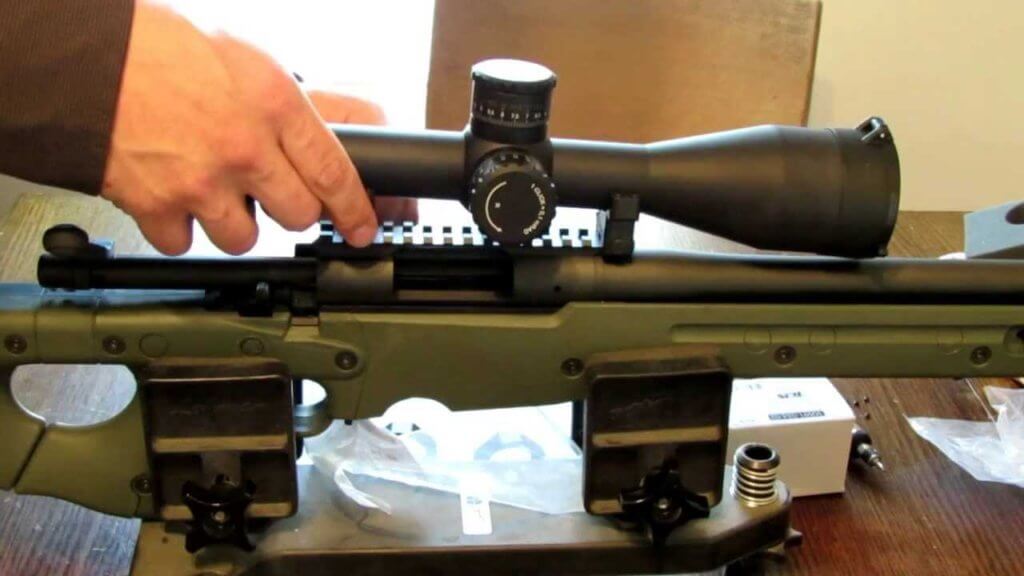
The next step is to place the mount on top of the rifle. Place the screws in the holes and start the screws with an allen wrench so they are barely snug in the holes. Some people prefer to use Loctite on the screws, which is a thread freezing compound. If you do not want to make a mess with the liquid Loctite, it also comes in gel form. Using the allen wrench, continue to alternatively tighten the screws until they are as secure as possible. Now, you have the base attached to the rifle.
Setting the Rings
The next step is to attach the mounting rings to the base. This step depends on what kind of mounting rings you have. One common type of ring is a dovetail ring that fits into the slots on the base. With this type of mounting ring, the front ring will need to be rotated on the base but do not use your scope to do this. Instead, use the handle of a screwdriver, a scope alignment rod, or a wrench with protection in the jaws so that it will not damage the ring. Turn the ring so that it sits straight and aligns properly with the rifle. The back ring will have notches that match up with two screws on the mount. Alternately, tighten these two screws with your fingers.
Attaching the Scope
Using an allen wrench, loosen the screws on the top part of the rings to remove them. It might be a good idea to leave the screws with this top part of the rings for putting them on later. You will also want to degrease the ring bases and then set your scope in place on the rings. Make sure your scope is not too far forward so that the rings are on the objective lens bell or too far back.
Next, take the top halves of the rings and set them back onto the ring mounts enclosing the scope. Tighten the screws on the mounting rings so they are snug. At this point, you might want to take the gun and line up the cross hairs so that the scope is straight. Tighten the screws down as much as possible, and you are ready to lock and load!
 www.GunsandOptics.com Tactical & Hunting Gear Review
www.GunsandOptics.com Tactical & Hunting Gear Review
